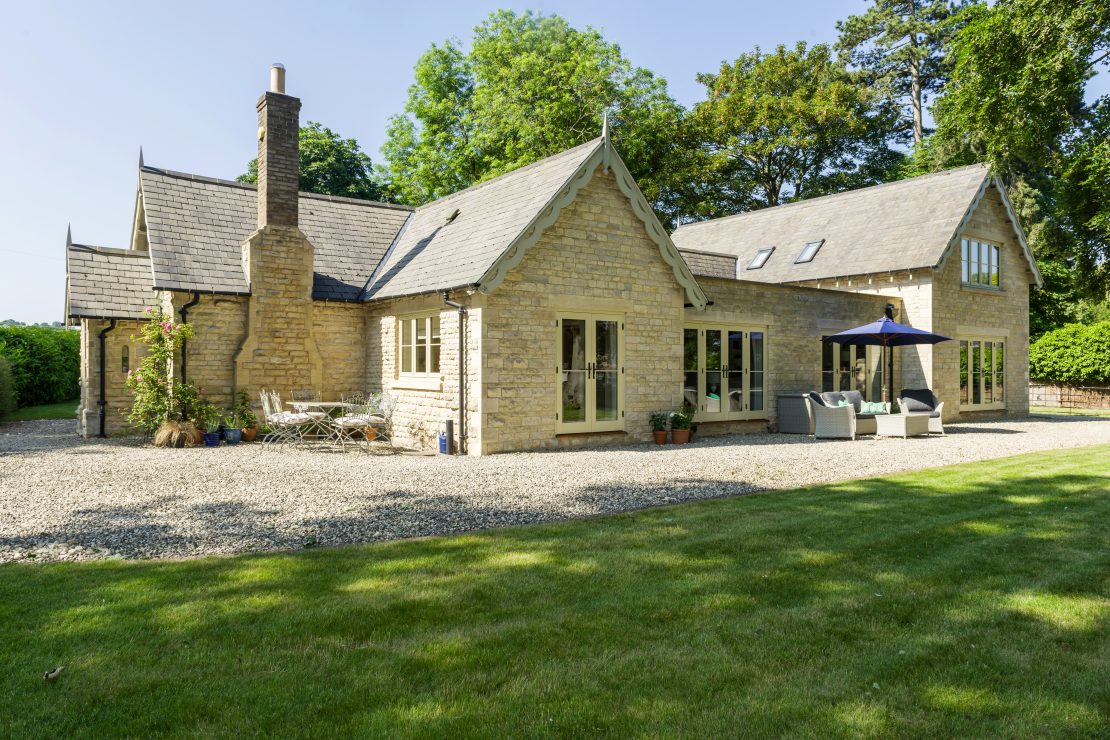August 28, 2012
George Barnsdale has successfully achieved BS EN 1627 RC2 for both our tilt and turn timber window design and our flush casement window design.
This new European standard, widely acknowledged to be tougher than tests previously used in the UK, involves stringent testing for burglary resistance. George Barnsdale submitted two identical tilt and turn and flush casement windows for testing. The first window undergoes mechanical loading and impact testing to identify the weakest areas of the window. The second window undergoes manual attack testing, whereby the weakest areas that were identified in the first test are targeted.
Under the mechanical test element, the first window is subjected to static loads of 3kN being applied to each locking joint as well as the glazing itself. All four corners of the glass must resist the full 3kN which contrasts with the maximum of 2kN applied in the BS PAS 24 door test. The amount of deflection created by each loading is recorded. The areas allowing the most movement are considered the weakest and earmarked for testing in the manual attack. After surviving the mechanical loading testing, the window then undergoes the impact testing. As defined by EN 1629, this involves the use of a 50kg pneumatic tyre impactor which is swung at each of the four corners of the sash in turn. If the window survives that, it is then subjected to three consecutive impacts in the centre of the glazing. Then it is time for the manual attack testing. Normally, the second, un-tested window is used for the manual attack section of the test but in this case we all wanted to prove beyond a doubt that the combination of a George Barnsdale window and Roto hardware could absorb all the stresses that the test can apply. With no visible fractures to any components, the first window which had already been mechanically tested was now subjected to the manual attack testing.
Under BS EN 1630, the technicians are allowed to use two wedges and one screwdriver, the latter of which must be no more than 365mm in length. Both wedges can be inserted and left in place to maintain stress on a section of the window whilst another locking point is attacked with the screwdriver. During this part of the test, one of the technicians applied so much pressure he broke a screwdriver. The rules allowed them to stop the clock, get a new screwdriver and carry on as the total attack time allowed for the test is three minutes. The George Barnsdale tilt and turn timber window and the flush casement timber window successfully passed all elements of testing and are now classed as “fulfilling the requirements for burglar-resistant windows, doors and closing elements of resistance grade RC2/RC2N”.
View the test report.




















